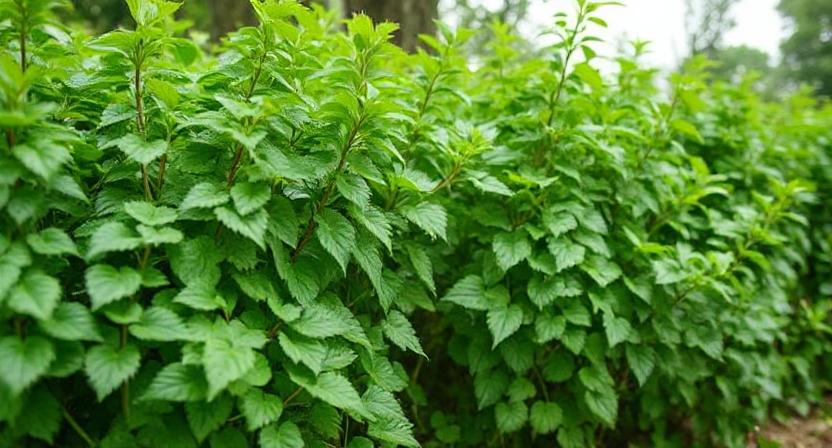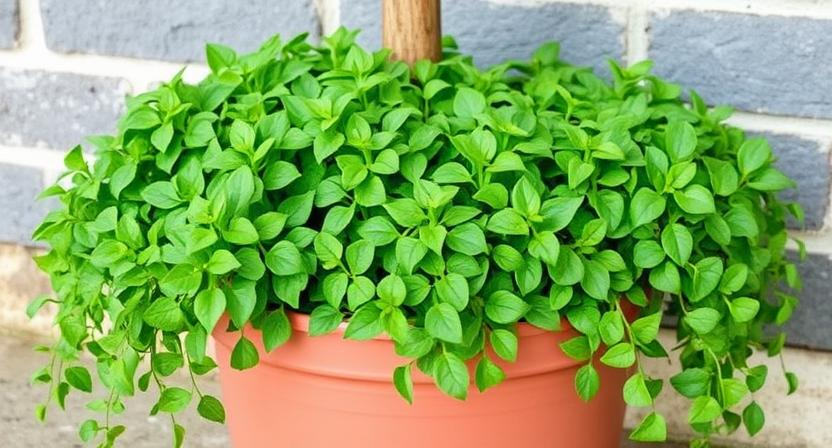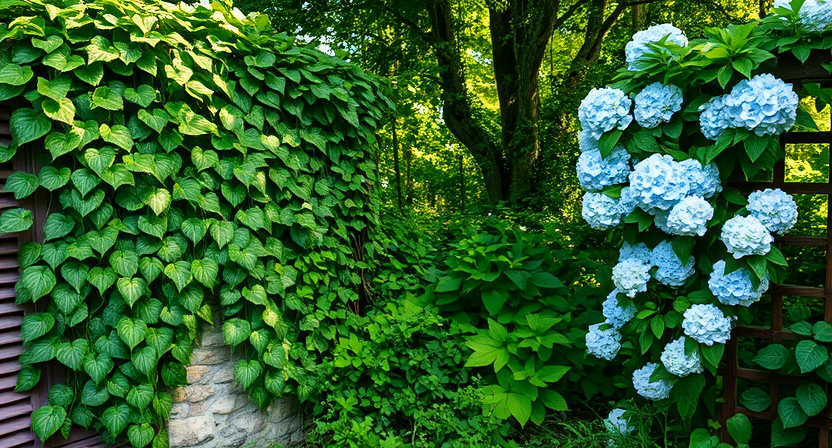Introduction
Do you have a dark corner of your yard that could use some life? Or maybe you’re looking for an easy-to-maintain plant that thrives indoors. If so, devil’s ivy is the plant for you. Devil’s ivy plants are incredibly easy to grow, and they make excellent indoor or outdoor plants. In this article, we’ll cover everything from how to care for your devil’s ivy plants to tips on where to buy them online. You’ll learn how to get these exotic beauties into your own home in no time at all!
What is Devil’s Ivy?
Devil’s ivy is a fast-growing, viney plant that can be found in the Americas. The leaves are glossy and dark green with three leaflets. The flowers are small and white with five petals, which resemble an insect’s feelers (hence the name devil’s).
The Latin name for this plant is Cardiospermum halicacabum, which means “heart seed from Egypt.” In English it is known as poison ivy or touch me not. The latter refers to its ability to adhere to clothing and skin so firmly that it takes some effort before you can get free of them again!
How to Plant Devil’s Ivy?
Devil’s ivy is a very easy plant to grow and maintain. In fact, it’s so hardy that you can even grow it outside in your yard! But if you have a little more time on your hands and want to keep things really simple, then try growing devil’s ivy indoors.
If you’re interested in learning how to plant devil’s ivy (and why wouldn’t you be?), here are some tips:
- Planting time: Spring through summer are ideal times for planting Devil’s Ivy plants because they require warm temperatures (65-75 degrees Fahrenheit) from germination through growth. If planted during winter months the young seedlings may not survive due to cold weather conditions outside or inside where they are being grown indoors by professionals who specialize in hydroponic gardening techniques for indoor farming purposes only.”
How to Water Your Devil’s Ivy?
Watering your Devil’s Ivy is a simple task. You should water in the morning or evening, when it’s cool and there is no risk of excess heat from direct sunlight. It’s important not to overwater your plant, so be sure to give it only enough water that it drains through the soil quickly. If you do not have access to a hose with a spray nozzle, use a watering can instead.
How to Care for Devil’s Ivy in Winter and Spring?
In the winter and spring, you can keep your devil’s ivy indoors. If it is kept in a bright spot and placed in a pot with drainage holes, it will flourish. You should not over water or overwater your plant. The soil should be slightly moist but never soggy, or else the roots will rot!
Overwintering Devil’s Ivy
If you live in an area where freezing temperatures are common during wintertime (below 40 degrees Fahrenheit), then you must take extra care to protect your beloved Devil’s Ivy from extreme cold weather conditions by bringing it inside or covering it with mulch before frost hits. Remember that even though Devil’s Ivy looks like a tough plant with its leathery leaves and woody stems–it still needs warmth to grow properly!
Caring for your devil’s ivy plants is simple once you know the basics.
The first step to caring for your devil’s ivy plant is keeping it moist. The soil should be kept consistently moist, but not wet. Watering can be done with a watering can or a hose connected to an outdoor spigot. Be sure that you do not overwater your plant, as this will cause the roots to rot and kill your plant! Some people prefer using a watering can because it allows them more control over how much water they are putting on their plants than when using a hose does – especially if they have lots of plants spread out across their yard (or wherever else they may live).
If you notice that there is too much moisture around the base of your plant after watering it then try moving some away from there by gently pushing down on topsoil surrounding where roots meet ground level; this will help prevent root rot while still giving adequate moisture levels so long as there isn’t standing water left behind after watering activities occur within 24 hours time frame following initial watering session completion.”
Conclusion
We hope this article has helped you learn more about devil’s ivy and its care. If you have any questions or comments, please leave them in the section below!












